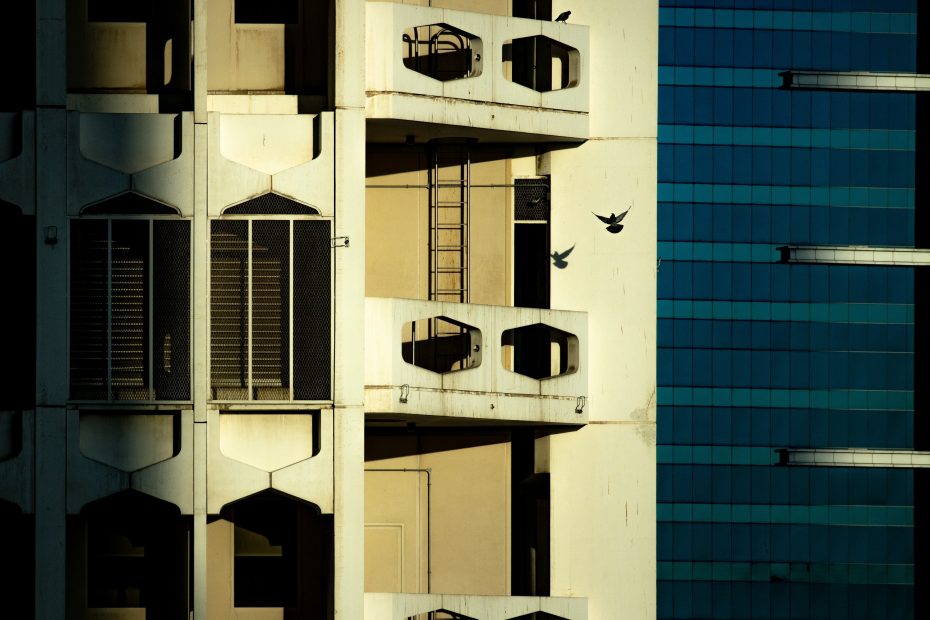Table of Contents
Introduction
The capital and second largest city in the United Arab Emirates, Abu Dhabi has transformed itself over the past few decades from a small fishing village to a global powerhouse. However, beneath the glittering skyscrapers and luxury developments lies a rich cultural heritage centered around tradition and family. This juxtaposition between modernity and tradition makes Abu Dhabi a true city of contrasts.
Traditional and Modern Architecture
Abu Dhabi’s rapid growth is embodied in its dramatic skyline of ultramodern high-rises. Yet equally impressive are landmarks representing its history, such as the Sheikh Zayed Grand Mosque, an architectural marvel combining Islamic design, artistry and advanced technology. The city successfully balances contemporary and traditional architecture.
Emirati Culture and Cosmopolitan Influences
While devoted to preserving local customs, Abu Dhabi is now home to people from all over the world. However, the heart of the city still beats to the rhythm of Emirati culture, evident in the labyrinthine old markets and fishing villages. The influx of foreign residents and workers has brought greater cosmopolitanism while the core national identity remains undiluted.
Oil Wealth and Sustainable Growth
Oil riches may have catalyzed Abu Dhabi’s meteoric growth but continuous innovation and diversification in technology, tourism and financial services aim to sustain it for future generations. While extravagant in its largesse, the leadership’s prudent policies channel wealth for national prosperity.
Leisure and Entertainment
Abu Dhabi offers leisure seekers an intriguing blend of traditional pastimes and thrilling modern entertainment. Falconry, camel races and dhow boat trips showcase heritage alongside Formula One, Warner Bros. World and the latest luxury pursuits. This expandable spectrum of recreation is symbolic of the city itself.
Luxury and Modesty
A hub of luxury hotels, haute couture and supercars, the city is also shaped by its Islamic heritage and strong family values. Mosques co-exist with designer malls in a place combining material indulgence with spiritual ethics. Wealth is flaunted yet modesty in conduct prevails in accordance with local sensitivities.
Conservation and Development
Eco-parks on Al Yasat Island preserve precious flora and fauna while hi-tech Masdar City spearheads sustainable urban living through renewable energy. With its small carbon footprint, Abu Dhabi proves ecology and economics can find concord rather than conflict here.
Tourism Influx and Local Life
A tourism boom has led to a vibrant hospitality sector with the world’s leading hotel brands vying for space. Yet the spirit of community remains undisturbed in the city’s older quarters. Neighborhood mosques, cafes and traditional markets retain an authentic character painting a fuller portrait of Abu Dhabi beyond the glitz.
Transportation Mix
The 167-km modern metro system alongside 12-lane highways underscores Abu Dhabi’s infrastructural ambitions. Yet the spirit of simpler times lingers on in the city’s traditional abras – motorized boats transporting locals and visitors across the harbor as they have for generations.
Economic Disparities
A microcosm of its own economic contradictions, the city encompasses vast wealth alongside poverty. Many Emirati citizens lead privileged lives supported by the state while migrant laborers often toil in difficult conditions. This inequality reveals the darker facet underlying Abu Dhabi’s splendor.
Looking to the Future
As Abu Dhabi looks ahead, its major test lies in sustaining economic prosperity while preserving cultural integrity. The city must continue walking the tightrope between modernity and tradition, balancing increased global integration with its distinctive local character. Its success will be measured by harmonizing these apparent contradictions.
Conclusion
With an enthralling combination of luxury and modesty, heritage and progressiveness, Abu Dhabi represents a mixed bag of contradictions. These juxtapositions however exist in organic unity rather than conflict here. The city’s nuanced imprint reflects both intrinsic dichotomies and an overarching environment of tolerance. Abu Dhabi therefore succeeds as a modern metropolis imbued with traditional sensibilities.
FAQs
Q1: How has Abu Dhabi been able to balance rapid economic growth with cultural preservation?
A1: Through thoughtful policies, urban planning and community engagement, Abu Dhabi has retained its Emirati heritage and character even while undergoing massive modernization. New developments are required to conform with traditional architectural aesthetics for continuity.
Q2: What are some examples of Abu Dhabi’s contrasts between new and old?
A2: The traditional dhow boats on the waterside Corniche contrast with the modern high-rise skyscrapers behind. Falconry is still practiced alongside Formula One racing. Luxury cars cruise next to old souks and markets.
Q3: How has the influx of migrants impacted local life in Abu Dhabi?
A3: It has created a more diverse, multicultural environment. However, Emirati values and customs continue to form the core identity with assimilated foreign influences on the peripheries.
Q4: What steps is Abu Dhabi taking to diversify its economy away from oil?
A4: Investing in financial services, tourism, aviation, technology, renewable energy and other sectors to safeguard long-term prosperity when oil reserves eventually decline.
Q5: Why is Abu Dhabi considered a tolerant, progressive society despite being rooted in tradition?
A5: It has adapted socially while retaining heritage, as seen in education, employment and lifestyle choices for women compared to other parts of the Middle East. Modernity and tradition co-exist through mutual accommodation.
